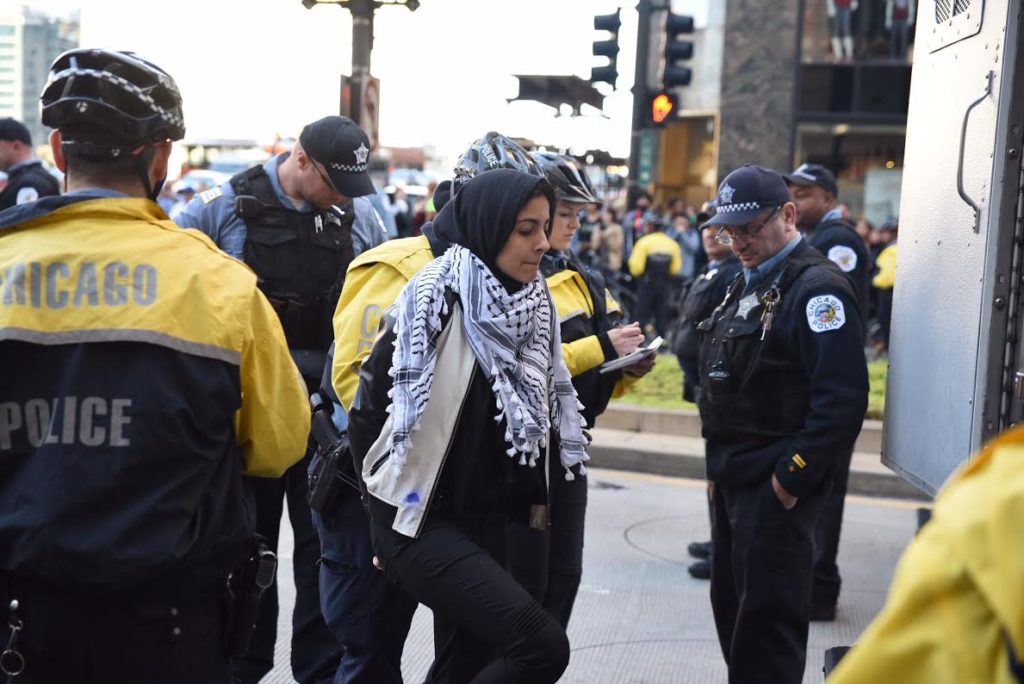

Last week, the French Senate approved a measure to ban the hijab for women under the age of 18. It was an amendment to a proposed law “reinforcing the respect of the Republic’s principles” under the administration of Emmanuel Macron. To be codified as law, the proposal must be approved by the lower house of Parliament, which experts suggest has “no chance” of happening. Still, the ban has triggered global outrage, and rightfully so.
While it may not officially become law, such measures in the name of laïcité, or French secularism, are common tactics by conservative powers to test public reaction in order to determine how and when to actually push them through. Whether this is perceived as a symbolic case study to gather data or an actual attempt at lawmaking, the very introduction of this proposal is cause for alarm. If it doesn’t pass this year, it could certainly pass in the near future; in fact, other anti-Muslim laws in France share similar origin stories. The once “outrageous” early 1990s proposal to ban hijabs and “all ‘ostentatious’ signs of religious affiliation” from schools, for example, was ratified and enforced within the decade and continues to affect young Muslim women today. The new measure would build on that existing ban by outlawing the hijab for young women everywhere in France, not just in schools.
As an Iranian-American, visibly Muslim woman living in the United States, the attempt to restrict our freedom of dress is not foreign to me. Growing up in the South, it was abundantly clear to me that being visibly Muslim—or just not white—and feeling safe in public was not always a guarantee. In middle school, my hijab was torn off, teachers asked me to remove it, and I was physically assaulted by a classmate. These experiences were not unique to me, though, nor were they a product of individuals’ personal biases or ignorance; rather, there are deeper roots in the violence I and other Muslims face around the world.
The hijab, women’s bodies, and fashion at large have long been battlegrounds for political power, colonization, and state control, from Iran to the U.S. Recall how in 2017, President Trump was encouraged to send more troops to Afghanistan after seeing a 1972 photo of Afghan women in miniskirts, evidently a reminder that “Western norms had existed there before and could return,” as reported by the Washington Post. While everyone was debating the liberatory merits of hijabs and short skirts, the U.S. was setting up infrastructure to extract natural resources. Or consider the legally mandated headscarves for women in Iran and Saudi Arabia, enforced in the name of a national religious identity; until just a year ago, Saudi women could be arrested for choosing not to wear one. It doesn’t matter if a state claims to be secular or religious, or if it’s banning a garment or mandating it—in both cases, women’s bodies are being politicized and exploited as a means of control.
Read the full essay at Vogue.com